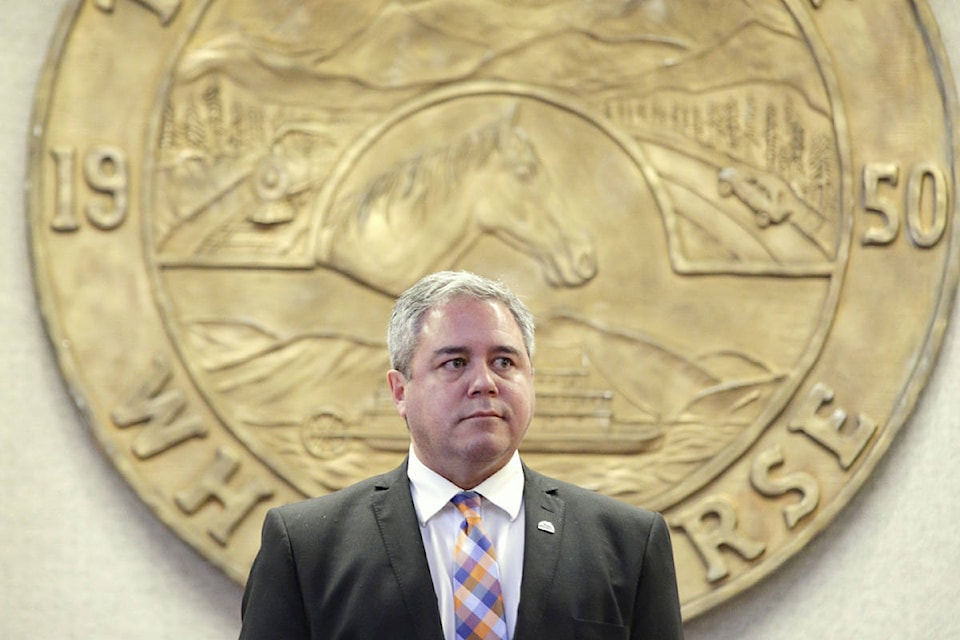Whitehorse city council is scheduled to vote on proposed infill lots at its Nov. 14 meeting, but the fight on both sides of this much-contested issue is far from over.
A public hearing Oct. 23 brought out 22 delegates, all opposed to the process, who spoke about their concerns for nearly two hours. Council received a full report from staff on the hearing, as well as a 27-page summary of surveys and technical reports Nov. 6.
Coun. Roslyn Woodcock called it “the best and most thorough reports (council) has ever had” from staff.
Speaking to council, city planner Kinden Kosick said the hearing and survey identified six concerns about country residential infill. Residents are worried the proposal violates planning rules, would ruin greenspace, lower property values and overwhelm water and sewage systems. They also say the city failed to properly consult with them.
The report shows concerns surrounding loss of green space and impacts to trails and recreation areas in urban residential neighbourhoods where similar infill is being planned.
All the delegates who came to speak against the project at the Oct. 23 public hearing were from country residential neighbourhoods, with the vast majority of those coming from Mary Lake subdivision.
Despite these concerns, staff are recommending council approve the infill project.
“While citizens have raised concerns about changes that will come from from new development, most of the impacts can be mitigated or are minor in nature. Some concerns, such as a loss of privacy in certain areas, may not be able to be mitigated,” said Kosick.
“Retaining buffers and relocating trails may mitigate concerns of residents. There is significant private and public green space available to residents.”
Kosick added that there was “no technical reasons the sites could not be developed.”
Coun. Dan Boyd said some citizens, including one lawyer, had raised concerns that the infill proposal didn’t comply with the city’s Official Community Plan. He asked Kosick to explain how the project met OCP guidelines.
Kosick assured Boyd the project was compliant, both in terms of zoning and “from a mapping perspective.”
“All the proposed areas within the (urban containment boundary) are already zoned for development,” he said.
Boyd also had questions about the proposed lay out of the project, noting that what council was actually voting on was parcels of land in which multiple lots could be built, not the lots themselves. The layouts provided for the parcels show lots mapped out already, which is “almost misleading” to council and the public, he said.
He wanted to know if council could vote on each parcel individually.
Coun. Jocelyn Curteanu wanted to know if council could change the number of lots.
Kosick said that would be possible. Fewer lots would mean a lower impact on well and septic systems and “lower technical needs,” he said.
City staff agreed to divide up the proposal so council could vote on individual lots.
“I find some of the zoning (for this project) to be problematic on some of the parcels, and not on others,” said Coun. Samson Hartland.
Mayor Dan Curtis said delegates who showed up did not necessarily represent the majority and that their opinions should be “advisory.”
“The reality of 20 people coming forward and 20 people having an opinion should have not bearing on council,” he said. “We have to do the due process for the majority of residents.”
Contact Lori Fox at lori.fox@yukon-news.com
Correction: This story orginally misquoted Kinden Kosick. He said all proposed infill areas are inside the city’s urban containment boundary.
